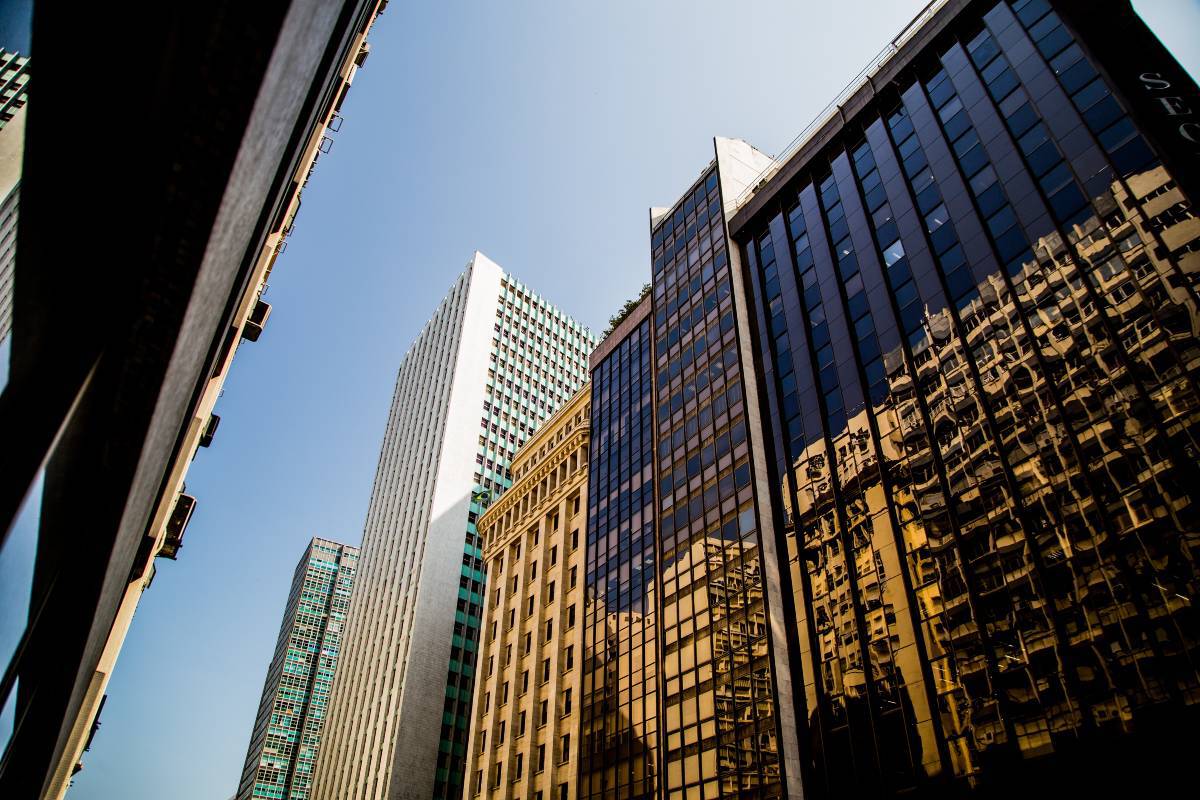As the commercial real estate (CRE) market faces headwinds from rising interest rates and economic uncertainties, the industrial sector continues to demonstrate resilience and growth. While other property types, such as office and multifamily, grapple with increasing vacancies and foreclosures, industrial real estate remains a bright spot, driven by strong demand from e-commerce and shifting supply chain strategies.
Foreclosure Surge Highlights CRE Market Disparities
Recent data from Zero Flux underscores the challenges facing the broader CRE market. In March 2024, U.S. commercial foreclosures saw a staggering 117% year-over-year increase, reflecting ongoing economic adjustments and difficulties within the sector.
California, in particular, experienced a dramatic surge in commercial foreclosures, with 187 cases reported in March – a 405% increase compared to the previous year. This disparity highlights the significant regional variations in foreclosure rates and the uneven impact of economic pressures on different markets.
Office and Multifamily Sectors Under Pressure
The office and multifamily segments of the CRE market have been particularly hard hit by the current economic climate. Rising interest rates have increased refinancing costs for property owners, while operational expenses continue to climb, putting pressure on cash flows and property values.
In the multifamily sector, many cities are grappling with an oversupply of units, leading to higher vacancies and lower rents in once-thriving markets. This trend is particularly evident in cities like Altamonte Springs, FL and Santa Barbara, CA, which saw substantial year-over-year rent decreases of up to 15%.
Industrial Sector Bucks the Trend
Amidst these challenges, the industrial sector has emerged as a standout performer, demonstrating resilience and growth prospects. This outperformance can be attributed to several key factors:
E-Commerce Boom Drives Demand
The ongoing e-commerce boom has been a major driver of demand for industrial properties. As consumers increasingly shift their purchasing habits online, retailers and logistics companies are scrambling to secure warehouse and distribution space to support their operations.
According to a recent report from CBRE, e-commerce sales are expected to grow by 15% in 2024, reaching $1.2 trillion. This growth is fueling demand for industrial properties, particularly in key distribution hubs and major metropolitan areas.
Supply Chain Reconfiguration
The COVID-19 pandemic exposed the vulnerabilities of global supply chains, prompting many companies to reevaluate their logistics strategies. This has led to a shift towards onshoring and nearshoring of manufacturing and distribution facilities, as businesses seek to reduce their reliance on overseas suppliers and improve their ability to respond to disruptions.
This trend is driving demand for industrial properties in key domestic markets, particularly in regions with strong transportation infrastructure and access to major population centers.
Limited New Supply
While demand for industrial space continues to grow, new supply remains limited in many markets. This is due in part to the challenges of securing suitable land for development, as well as the rising costs of construction materials and labor.
According to a recent report from Cushman & Wakefield, the national vacancy rate for industrial properties fell to a historic low of 3.7% in the first quarter of 2024, down from 4.2% a year ago. This lack of available space is putting upward pressure on rents and driving competition among tenants for prime locations.
Opportunities in the Industrial Sector
The strong performance of the industrial sector amidst broader CRE market challenges presents attractive opportunities for investors and property owners. However, capitalizing on these opportunities requires a nuanced understanding of market dynamics and a strategic approach to asset selection and management.
Identifying Growth Markets
While the industrial sector as a whole is performing well, not all markets are created equal. Investors should focus on regions with strong economic fundamentals, robust transportation infrastructure, and growing populations.
According to a recent report from JLL, some of the top industrial markets to watch in 2024 include:
- Inland Empire, CA
- Dallas-Fort Worth, TX
- Atlanta, GA
- Chicago, IL
- Northern New Jersey
These markets are well-positioned to benefit from the ongoing growth of e-commerce and the reconfiguration of supply chains, offering attractive opportunities for investors.

Focusing on Flexibility and Functionality
As companies adapt to changing consumer preferences and supply chain dynamics, the functionality and flexibility of industrial properties will be key. Investors should prioritize assets that can accommodate a range of uses, from traditional warehousing and distribution to more specialized functions like cold storage and last-mile delivery.
Properties with features like high ceilings, ample loading docks, and modern fire suppression systems will be particularly attractive to tenants, as will those with easy access to major transportation arteries and population centers.
Leveraging Technology and Sustainability
Technology and sustainability are also becoming increasingly important considerations in the industrial sector. Properties that incorporate features like smart building systems, energy-efficient lighting and HVAC, and solar panels will be well-positioned to attract environmentally conscious tenants and reduce operating costs over the long term.
Investors should also consider the potential impact of emerging technologies like automation and robotics on the industrial sector. While these technologies may reduce the need for certain types of warehouse labor, they will also create demand for properties that can accommodate advanced systems and equipment.
Navigating the Challenges Ahead
While the industrial sector has demonstrated impressive resilience in the face of broader CRE market challenges, it is not immune to the economic headwinds facing the industry as a whole. Investors and property owners will need to remain vigilant and adaptable in the face of rising interest rates, shifting consumer preferences, and potential economic downturns.
Monitoring Interest Rates and Financing Costs
Rising interest rates have already put pressure on financing costs for CRE transactions, and this trend is likely to continue in the near term. Investors and property owners should carefully monitor interest rate trends and work with lenders to secure favorable financing terms where possible.
Those with existing loans may also need to explore options for refinancing or loan modifications to mitigate the impact of higher borrowing costs on their bottom lines.
Adapting to Changing Consumer Preferences
While e-commerce has been a major driver of demand for industrial properties in recent years, consumer preferences are constantly evolving. Investors and property owners will need to stay attuned to shifting trends and adapt their strategies accordingly.
For example, the growing popularity of same-day and next-day delivery is creating demand for smaller, more localized distribution centers in urban areas. Properties that can accommodate these types of last-mile delivery operations may be particularly attractive to tenants in the coming years.
Preparing for Economic Downturns
While the industrial sector has proven resilient thus far, it is not immune to broader economic downturns. Investors and property owners should take steps to prepare for potential challenges, such as tenant defaults or vacancies, by maintaining strong cash reserves and diversifying their portfolios across different markets and property types.
Careful underwriting and due diligence will also be critical in identifying potential risks and ensuring that investments are well-positioned to weather economic turbulence.

Conclusion
The industrial sector has emerged as a standout performer in the commercial real estate market, demonstrating resilience and growth prospects amidst broader challenges. Driven by strong demand from e-commerce and shifting supply chain strategies, industrial properties offer attractive opportunities for investors and property owners who can navigate the nuances of this dynamic market.
By focusing on growth markets, prioritizing flexibility and functionality, and leveraging technology and sustainability, investors can position themselves for success in the industrial sector. However, they must also remain vigilant and adaptable in the face of rising interest rates, changing consumer preferences, and potential economic headwinds.
With careful planning and a strategic approach, the industrial sector can continue to offer compelling opportunities for those who are prepared to meet the challenges and seize the opportunities of this unique moment in the commercial real estate market.




